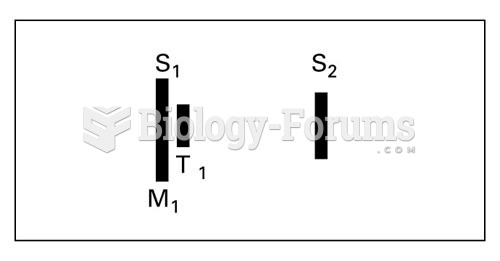|
|
|
Excessive alcohol use costs the country approximately $235 billion every year.
Immunoglobulin injections may give short-term protection against, or reduce severity of certain diseases. They help people who have an inherited problem making their own antibodies, or those who are having certain types of cancer treatments.
Approximately one in four people diagnosed with diabetes will develop foot problems. Of these, about one-third will require lower extremity amputation.
Drugs are in development that may cure asthma and hay fever once and for all. They target leukotrienes, which are known to cause tightening of the air passages in the lungs and increase mucus productions in nasal passages.
As many as 20% of Americans have been infected by the fungus known as Histoplasmosis. While most people are asymptomatic or only have slight symptoms, infection can progress to a rapid and potentially fatal superinfection.
 Color enhanced X-ray showing a pacemaker implanted in the left side of the chest and the electrode w
Color enhanced X-ray showing a pacemaker implanted in the left side of the chest and the electrode w
 Meningocele. (a) A meningocele is a herniation of the meninges, usually associated with the spinal c
Meningocele. (a) A meningocele is a herniation of the meninges, usually associated with the spinal c





